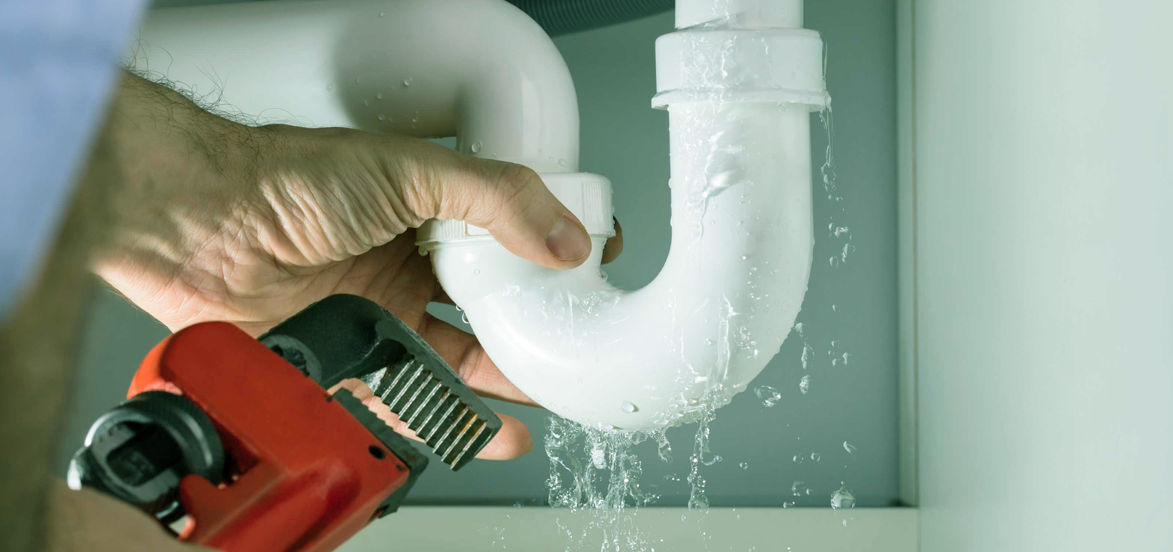Have you been trying to find facts and techniques concerning Detecting hidden plumbing leaks?

Early detection of dripping water lines can mitigate a prospective catastrophe. Some small water leakages might not be noticeable.
1. Examine the Water Meter
Every home has a water meter. Inspecting it is a proven manner in which helps you discover leaks. For starters, turn off all the water sources. Make certain no person will certainly purge, make use of the tap, shower, run the cleaning maker or dishwashing machine. From there, go to the meter and also watch if it will alter. Given that no one is utilizing it, there should be no motions. If it relocates, that shows a fast-moving leak. Furthermore, if you spot no changes, wait an hour or more as well as inspect back once more. This suggests you may have a slow leak that might even be underground.
2. Check Water Intake
If you spot abrupt modifications, despite your usage being the same, it indicates that you have leakages in your plumbing system. A sudden spike in your bill indicates a fast-moving leak.
A stable boost every month, even with the very same behaviors, reveals you have a slow-moving leakage that's additionally gradually rising. Call a plumber to completely inspect your home, especially if you really feel a warm location on your floor with piping below.
3. Do a Food Coloring Examination
When it comes to water intake, 30% comes from toilets. If the shade somehow infiltrates your dish during that time without flushing, there's a leakage in between the tank and also bowl.
4. Asses Outside Lines
Don't neglect to check your outdoor water lines also. Test faucets by attaching a garden tube. Needs to water permeate out of the link, you have a loosened rubber gasket. Change this as well as guarantee all links are limited. If you have actually got a sprinkler system, it will certainly help get it professionally analyzed and maintained every year. One small leakage can waste lots of water as well as spike your water expense.
5. Assess the scenario and also check
House owners need to make it a practice to examine under the sink counters as well as even inside cupboards for any bad odor or mold growth. These two red flags show a leakage so timely attention is called for. Doing regular evaluations, even bi-annually, can save you from a significant trouble.
If you understand your house is currently old, maintain a careful eye on your heaters, hoses, pipes etc. Check for discolorations as well as damaging as most pipes as well as home appliances have a life expectancy. They will certainly additionally normally wear away due to wear and tear. Do not wait for it to escalate if you think dripping water lines in your plumbing system. Call an expert plumber today so you do not wind up with a dreadful mess in your house.
Early discovery of leaking water lines can mitigate a possible catastrophe. Some small water leakages might not be noticeable. Checking it is a proven method that aids you uncover leakages. One small leakage can throw away tons of water and spike your water bill.
If you suspect dripping water lines in your plumbing system, do not wait for it to intensify.
WARNING SIGNS OF WATER LEAKAGE BEHIND THE WALL
PERSISTENT MUSTY ODORS
As water slowly drips from a leaky pipe inside the wall, flooring and sheetrock stay damp and develop an odor similar to wet cardboard. It generates a musty smell that can help you find hidden leaks.
MOLD IN UNUSUAL AREAS
Mold usually grows in wet areas like kitchens, baths and laundry rooms. If you spot the stuff on walls or baseboards in other rooms of the house, it’s a good indicator of undetected water leaks.
STAINS THAT GROW
When mold thrives around a leaky pipe, it sometimes takes hold on the inside surface of the affected wall. A growing stain on otherwise clean sheetrock is often your sign of a hidden plumbing problem.
PEELING OR BUBBLING WALLPAPER / PAINT
This clue is easy to miss in rooms that don’t get much use. When you see wallpaper separating along seams or paint bubbling or flaking off the wall, blame sheetrock that stays wet because of an undetected leak.
BUCKLED CEILINGS AND STAINED FLOORS
If ceilings or floors in bathrooms, kitchens or laundry areas develop structural problems, don’t rule out constant damp inside the walls. Wet sheetrock can affect adjacent framing, flooring and ceilings.
https://www.servicemasterbyzaba.com/blog/how-to-detect-water-leakage-in-walls/

As a fervent reader about Detecting hidden plumbing leaks, I assumed sharing that piece of content was valuable. If you liked our blog post if you please remember to pass it around. I thank you for reading our article about Leaking water lines.